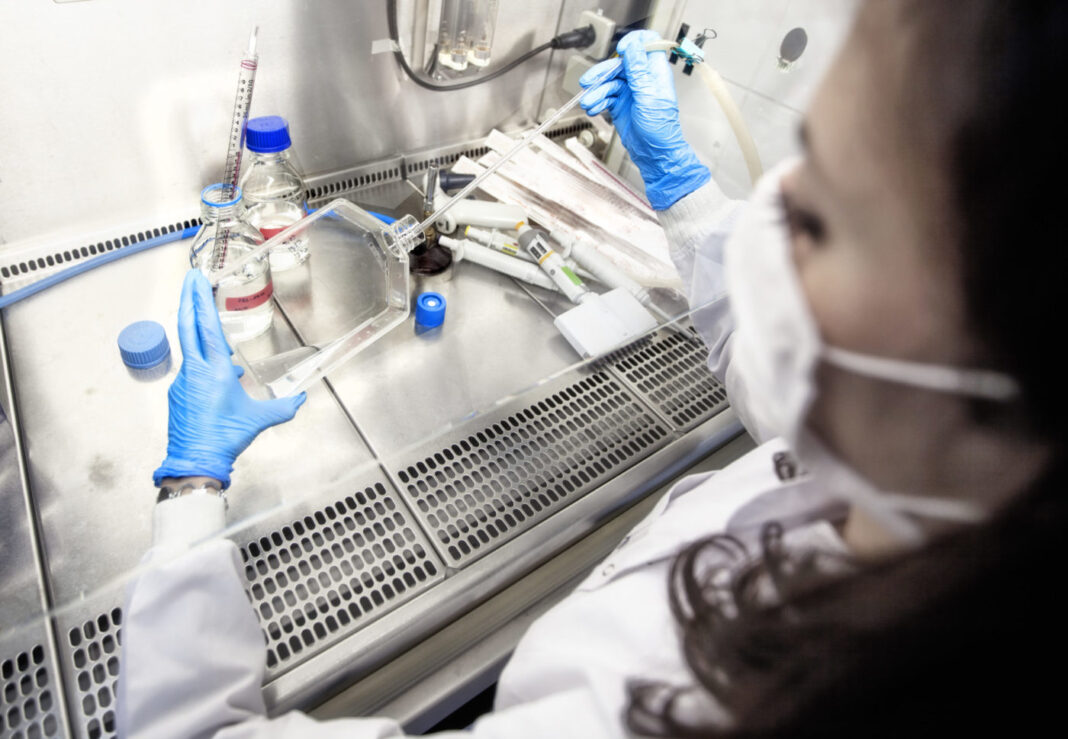Finance has always been a topic of discussion in the gene therapy sector. Initially, the focus was the price of the products themselves and how healthcare systems could ensure patient access. More recently the debate has expanded to include concerns about the high cost of manufacturing gene therapies.
In 2018, for example, then FDA Commissioner Scott Gottlieb, MD, suggested “inefficient” and “high cost” vector production processes are holding back development of the market.
“These challenges delay—and in some cases prevent—the more widespread development of potentially life-saving medical products. What’s needed are more efficient and standardized production processes for developing gene therapy vectors,” he said.
Process innovation
Industry understands the challenge, according to a Novartis Gene Therapies spokesperson, who says efforts to develop better AAV production methods are accelerating.
“The cost of goods to produce gene therapies—especially in the rare disease space—is onerous. For AAV therapies to be available to large populations of patients, the cost of goods to produce them needs to be dramatically reduced,” explains the official. “Another challenge is to understand the effect of processing on potency, to ensure the right dosage is received by the right patient. And a third challenge is the immaturity of analytical tools for AAV therapies that enable continuous improvement over time.”
Novartis won FDA approval for Zolgensma—a therapy for infants with spinal muscular atrophy (SMA)—last year. And—according to the spokesperson—the way the company developed the Zolgensma manufacturing process was critical.
“We realized early on that we needed to decouple process optimization from product development. Doing so allows both work streams to proceed as fast as possible. Every process improvement must deliver significant benefit in regard to costs, quality, product functionality, and/or the ability to supply products to patients around the world,” notes the spokesperson.
“For AAV vector production, he cites chromatography and tangential flow filtration as examples, explaining, “they are the most effective downstream processing strategies.”
Technology suppliers
Technology has a key role to play in making vector production more efficient. The difficulty is that, until recently, suppliers have been reluctant to invest in the development of dedicated platforms.
This has changed according to Novartis, whose spokesperson adds, “The downstream suppliers are finally adapting their protein purification technologies for AAV, and more importantly their service models.”
He says that from a technology standpoint, suppliers have started to address the specific challenges involved in making AAV vectors for gene therapy production.
“Some of the specific challenges are scale, AAV is much smaller scale than proteins, recovery as AAV products have a much higher value than proteins and speed of development which is faster than for proteins,” he points out.
Close interaction with the technology developers is especially important, according to Novartis.
“We have relationships with all of the key suppliers and work jointly to evaluate technology options,” the company official tells GEN. “The final process design is determined by the option that provides us the best assurance of supply, how quickly can we get what we need with short notice, productivity—does it work and what is the recovery—and finally cost.”


